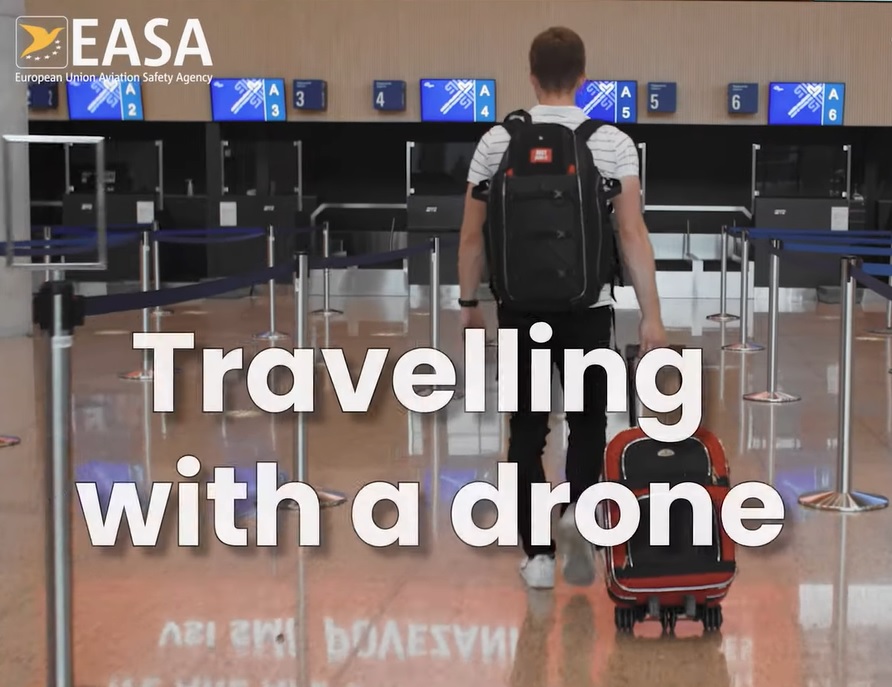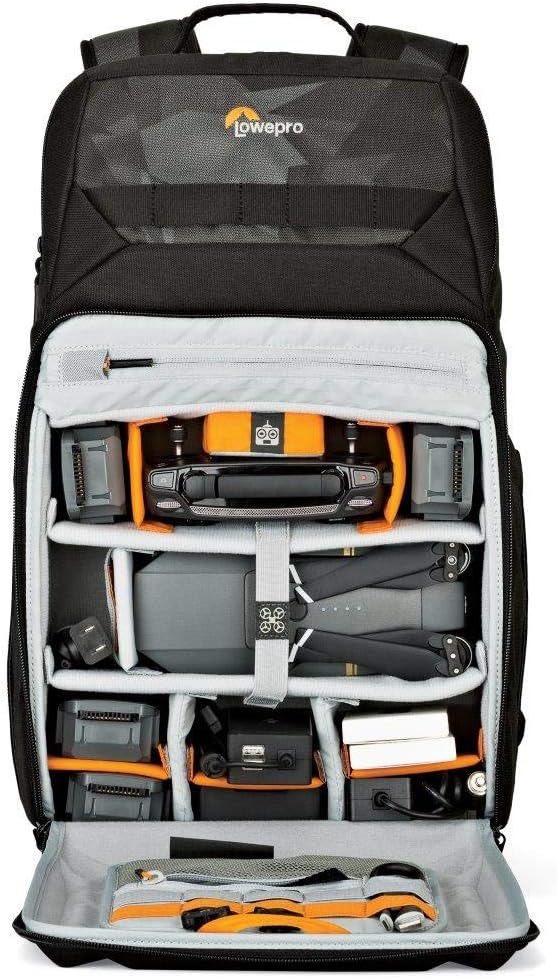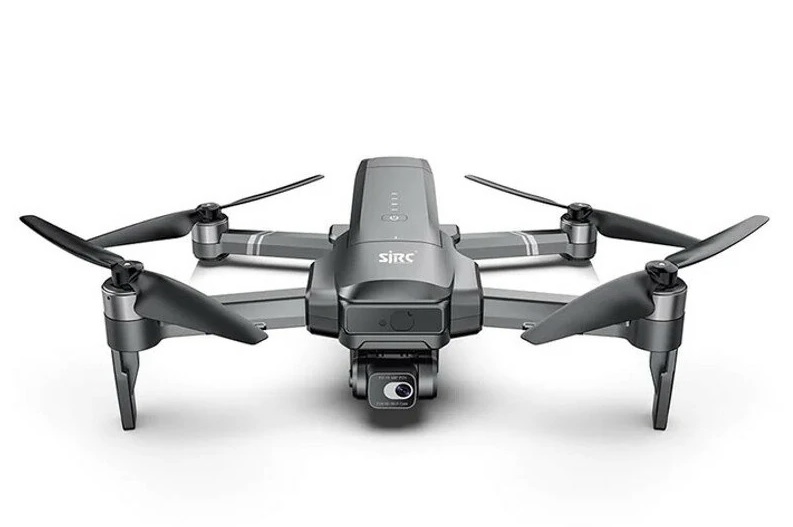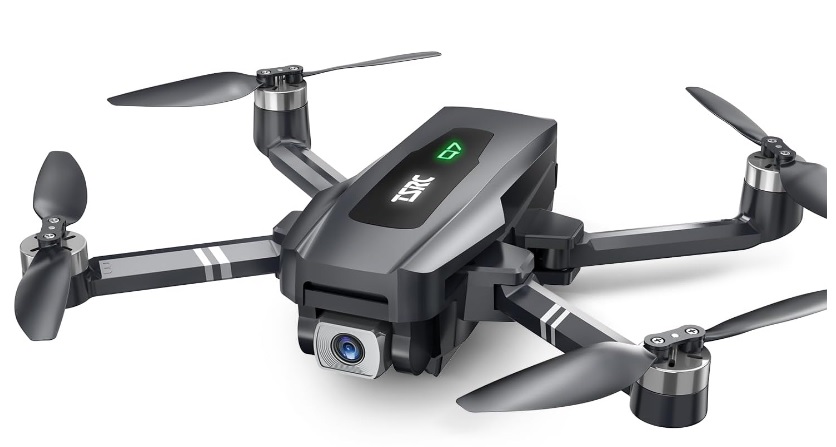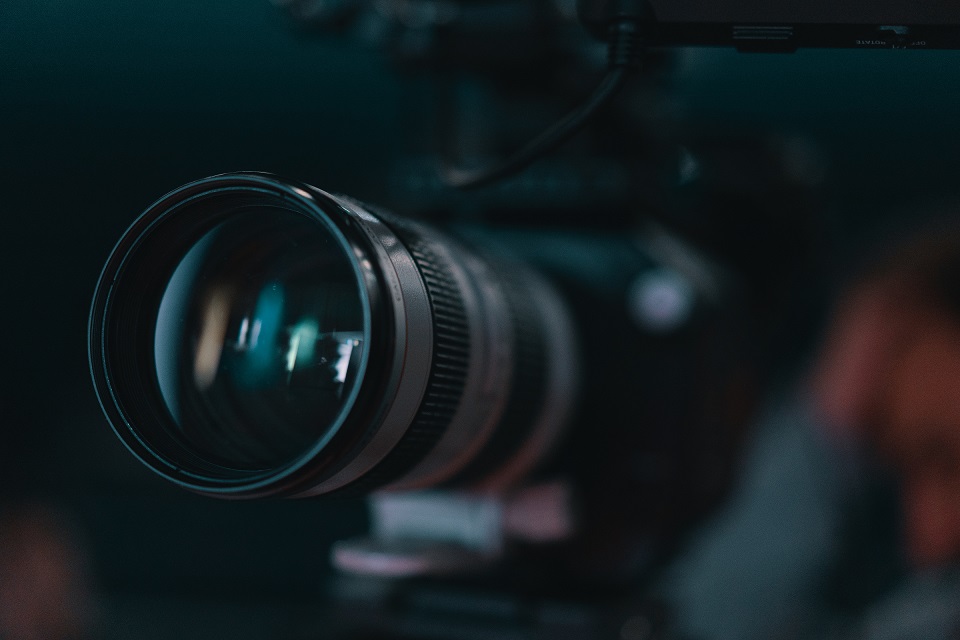Everything You Need to Know Before Traveling With a Drone
Traveling with a drone can be an exhilarating experience, providing you with a unique perspective of the world. However, it’s essential to be well-prepared and… Read More »Everything You Need to Know Before Traveling With a Drone
